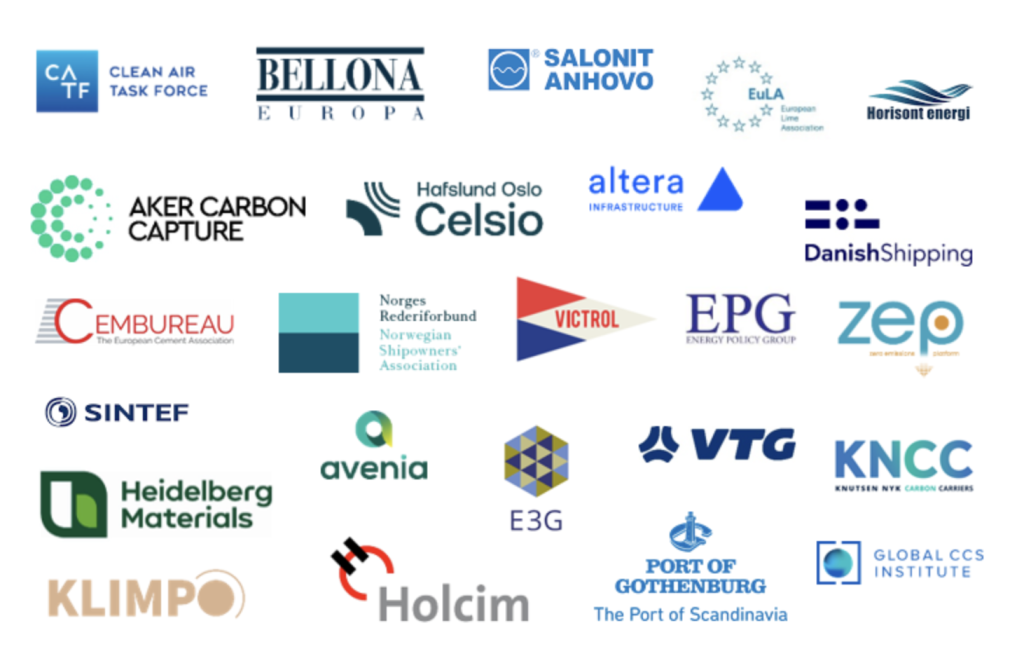
As part of Bellona and CATF’s ongoing campaign on the TEN-T Regulation revision, the campaign #TenTTuesday has sought to highlight the “faces behind the policy” with a particular focus on the important role to be played by different modes of transport for bringing CO2 to storage.
On the occasion of the ongoing revision of the TEN-T Regulation, 24 stakeholders have signed a letter from Bellona Europa and CATF calling on the European Parliament’s Committee on Transport and Tourism (TRAN) to support amendments tabled to recognised transport of CO2 to storage via ship, rail, barge and truck.
While transport of CO2 to storage via pipeline will undoubtedly be crucial in a European CO2 network, market development depend to a great extent on the parallel development of other modes of transport, such as ship, rail, barge and truck. In particular, these modes of transport are important for regions placed far from storage sites and for European Member States where CO2 storage is currently not permitted.
Nearly all modelling scenarios towards EU climate neutrality by 2050 highlight the key role of CO2 capture, transport and storage. The last year has seen several important legislative steps in the right direction to facilitate the deployment of projects for industrial decarbonisation capturing and storing CO2. A missing piece of the puzzle so far has been a currently non-harmonized regulatory framework, a source of uncertainty influencing investment decisions which need to be taken today to reach the climate targets set for the EU. One such issue is the failure to recognise transport of CO2 via other modalities than pipeline, on equal footing as the latter.

Important steps have been taken in the right direction, including the recognition of all modes of transport for CO2 to storage in the revised EU ETS and the EU Sustainable Finance Taxonomy – but a glaring exemption remains under the Connecting Europe Facility. While the revised TEN-E Regulation expanded the scope of so-called “Projects of Common Interest” (PCIs) to CO2 storage, in addition to pipeline, which was already covered, other transport modalities were left outside the scope under the assumption it would be a better fit for the TEN-T regulation.



